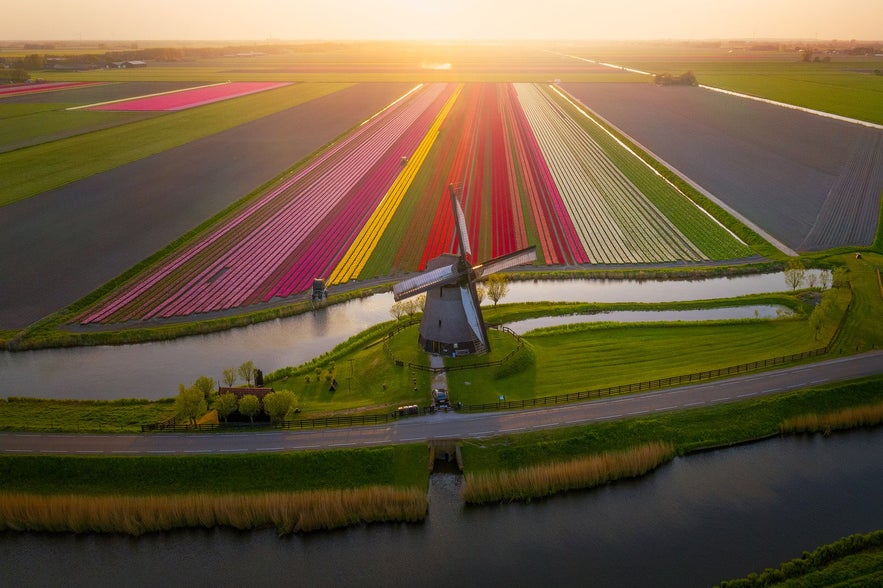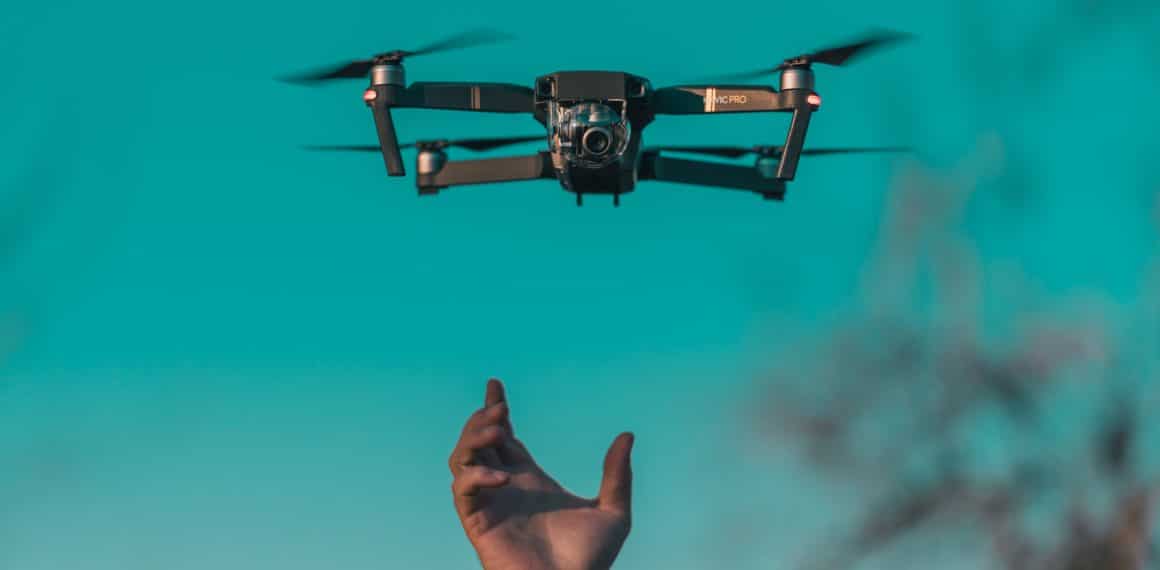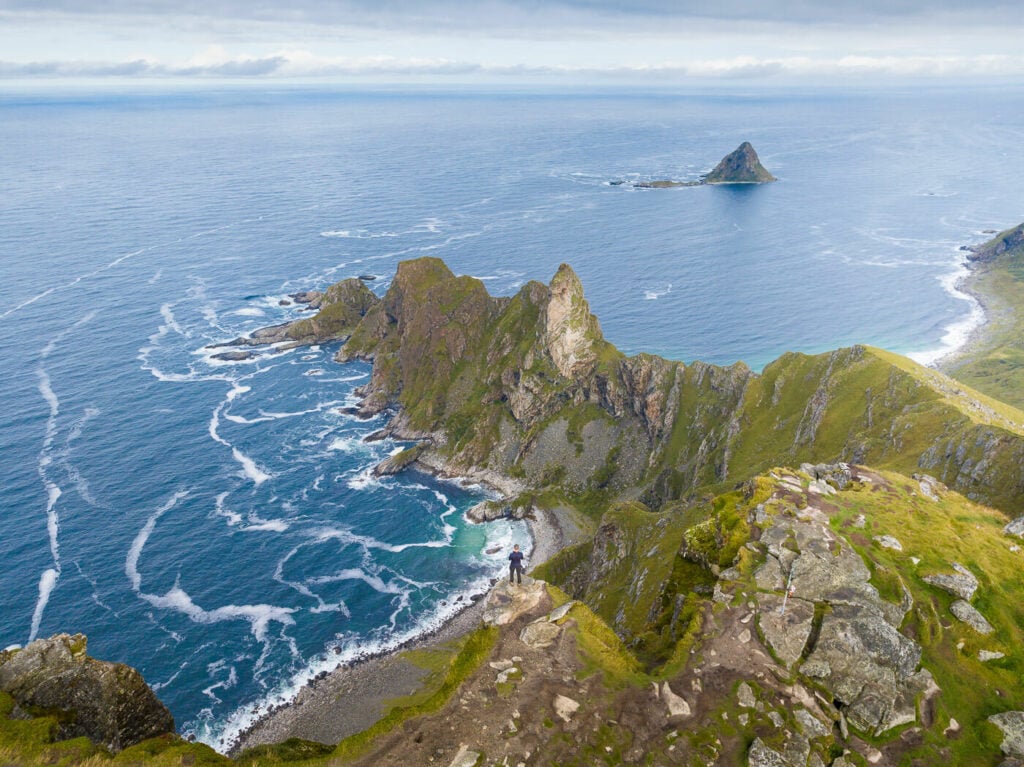Impressive Aerial Views from a Trusted Aerial Photographer Spokane
Impressive Aerial Views from a Trusted Aerial Photographer Spokane
Blog Article
Transform Your Point Of View: The Art and Scientific Research Behind Drone Photography
Drone digital photography represents a substantial junction of creative vision and technical development, making it possible for designers to capture viewpoints previously unattainable. Comprehending the technicians of drone innovation, from tools choices to structure techniques, is essential for accomplishing engaging imagery (drone photographer coeur d'alene). What truly differentiates effective drone photography from simple aerial pictures?
Understanding Drone Innovation
Understanding drone technology is important for any person interested in harnessing its capabilities for digital photography. Drones, or unmanned aerial cars (UAVs), depend on a combination of equipment and software to accomplish flight and capture imagery. At their core, these gadgets are equipped with sensors, cams, and navigation systems that enable them to fly autonomously or be controlled from another location.
The key parts of drone modern technology consist of the trip controller, which functions as the brain of the drone, processing information from numerous sensors to guarantee steady flight. Additionally, GPS innovation plays a crucial role in navigating, making it possible for drones to comply with pre-defined trip courses and keep their placement even in difficult conditions.

In addition, recognizing the regulative landscape surrounding drone use is crucial, as it regulates where and how drones can be run, making sure security and compliance. Experience with these aspects of drone technology encourages professional photographers to maximize their innovative potential while sticking to legal guidelines.
Necessary Equipment for Drone Digital Photography
Selecting the appropriate devices is crucial for attaining extraordinary cause drone digital photography. At the heart of this configuration is the drone itself, which should be selected based on trip stability, camera high quality, and ease of use. Popular versions commonly feature integrated high-definition cams that record spectacular airborne images.
Along with the drone, spending in a top notch electronic camera is necessary. Many drones come furnished with electronic cameras capable of shooting in 4K resolution, however, for professional-grade results, think about a drone that permits compatible cameras or supports larger sensing units. This adaptability can considerably improve photo top quality.
Stablizing is an additional key element. A three-axis gimbal is suggested for smooth video, minimizing vibrations that can diminish picture clearness. Extra batteries and a trusted charger guarantee extended trip time, allowing for even more detailed shoots (aerial photographer spokane).
Grasping Structure Methods
Understanding structure methods is fundamental to boosting your drone photography from regular to remarkable. A well-composed photo records the audience's interest and conveys an effective narrative.
Among the important principles to take into consideration is the policy of thirds, which involves dividing your frame right into a grid of 9 equal components. Positioning crucial elements along these lines or at their crossways creates aesthetic rate of interest and equilibrium. Furthermore, leading lines can lead the viewer's eye via the photo, attracting interest to the subject and adding depth.
An additional efficient strategy is framing, where natural environments such as structures or trees encase the topic, enhancing the prime focus. This approach not only gives context yet also produces a sense of affection within the scene.

Finally, always be conscious of the horizon line. An uneven horizon can sidetrack find out here now and take away from an otherwise captivating photo. By understanding these make-up strategies, you can substantially improve the impact of your drone digital photography.
Lighting and Climate Factors To Consider
In drone photography, the interaction of illumination and weather condition can considerably influence the top quality and mood of your images. Optimum illumination conditions are critical; the golden hours-- shortly after dawn and before sundown-- offer soft, diffused light that boosts colors and decreases extreme shadows. During these times, the landscape shows up more vibrant and dynamic, enabling awesome aerial shots.
On the other hand, cloudy skies can generate a flat, low-key combination, yet they can also supply also lighting that minimizes comparison and highlights information in the atmosphere. This can be advantageous for catching appearances in urban setups or complex patterns in nature.
Weather conditions, such as snow, rain, or fog, can additionally add one-of-a-kind components to your digital photography. Fog can produce a feeling of mystery, while rainfall can boost shades and saturate the landscape. Nevertheless, it is vital to think about the safety and security of your drone; flying in adverse climate condition can result in tools damages or loss of control.
Eventually, comprehending just how lights and climate influence your airborne shots enables you to select the suitable problems for your drone digital photography, making certain compelling and visually striking images.
Post-Processing Tips and Techniques
After catching magnificent airborne pictures, the next step involves refining those shots with post-processing. This important phase boosts the aesthetic influence of your pictures, enabling you to highlight the view it distinct perspectives that drones provide.
Beginning with software program tools like Adobe Lightroom or Photoshop, which offer durable modifying abilities. Begin by fixing direct exposure and white equilibrium to guarantee that your shades appear lifelike. Make use of histogram checks to achieve ideal illumination degrees, preventing overexposure or loss of information in shadows.
Following, improve contrast to include depth to your images. Readjusting clearness can develop crucial details without introducing noise, which is specifically valuable in airborne shots where appearance plays a considerable role. Do not shy away from cropping; this can assist concentrate the customer's focus on visit their website the primary topic.
Take into consideration applying a small vignette to assist the customer's eye towards the facility of the image. By grasping these post-processing methods, you can boost your drone photography to new heights.
Conclusion

What really identifies efficient drone digital photography from mere aerial pictures? Numerous drones come geared up with cams qualified of capturing in 4K resolution, yet for professional-grade outcomes, think about a drone that allows for interchangeable cameras or sustains bigger sensing units. By grasping these structure techniques, you can substantially improve the influence of your drone digital photography.
In drone photography, the interaction of lighting and climate can drastically affect the high quality and mood of your pictures (drone photographer). By understanding these post-processing strategies, you can elevate your drone digital photography to brand-new heights
Report this page